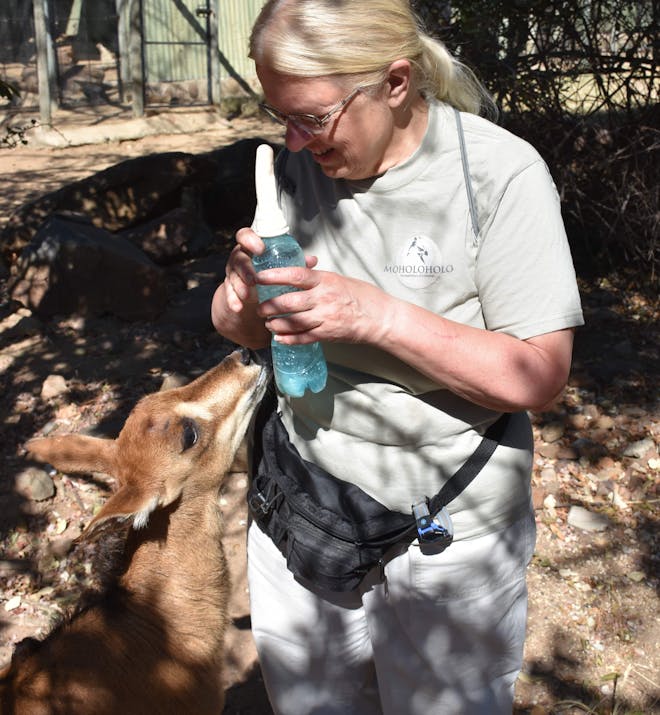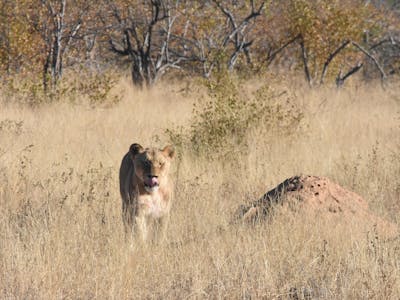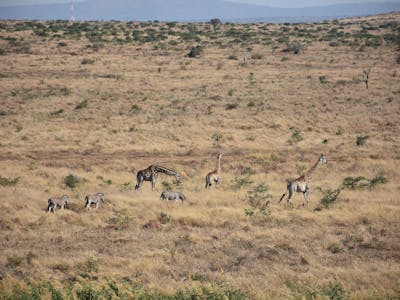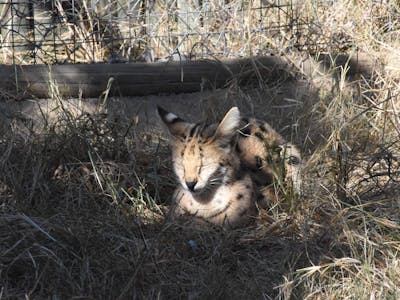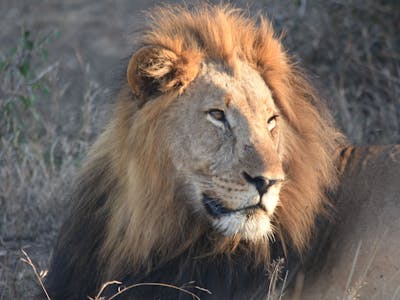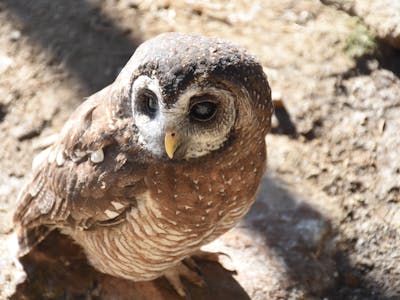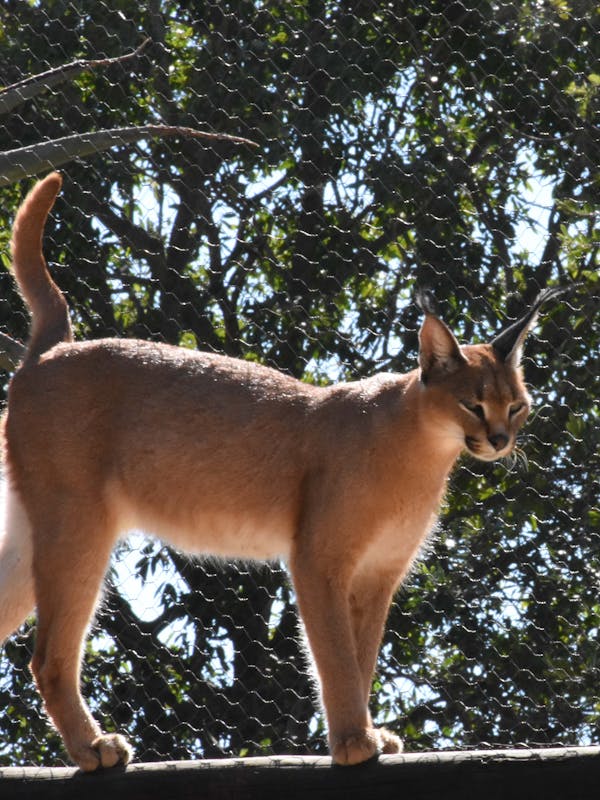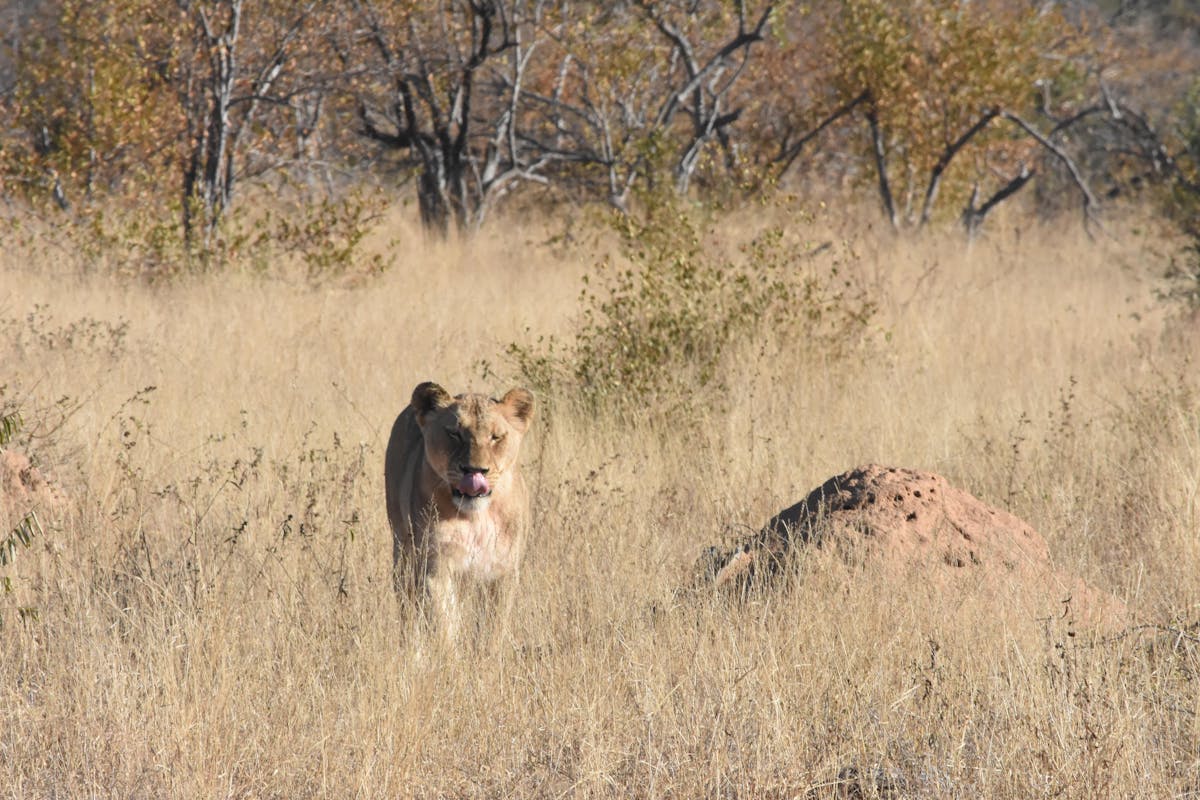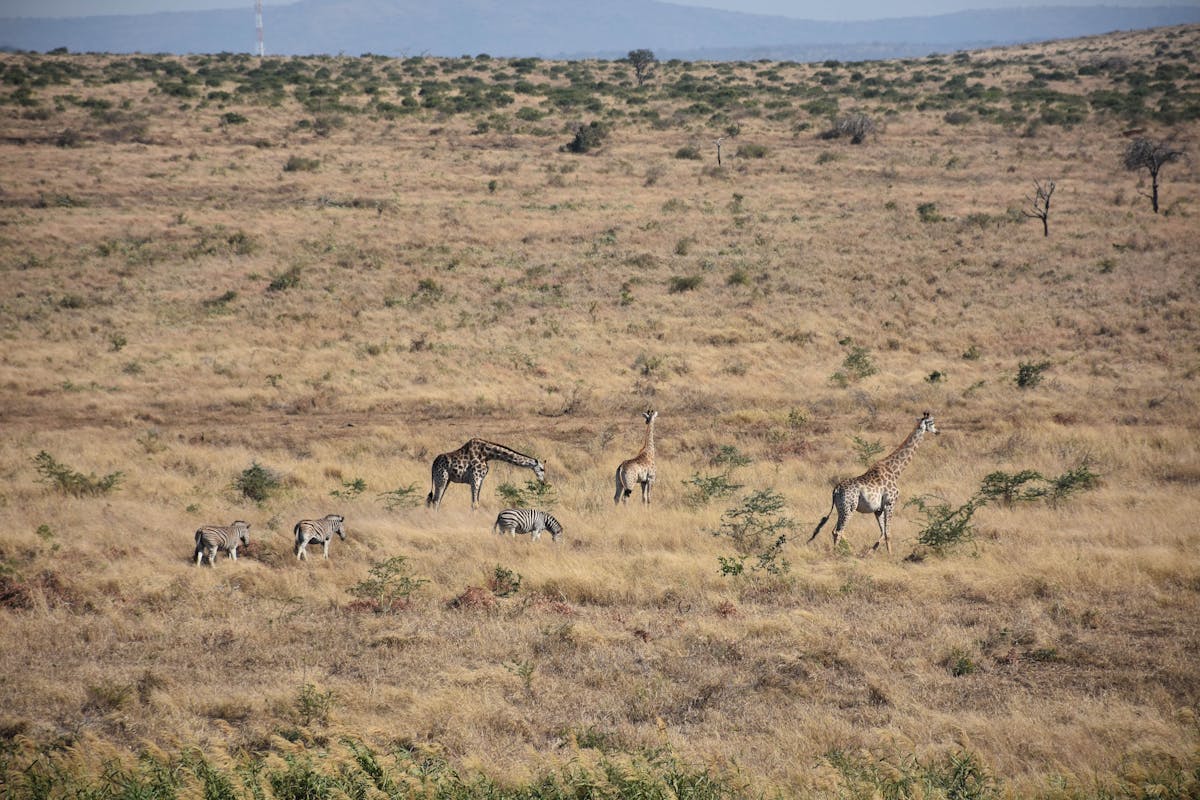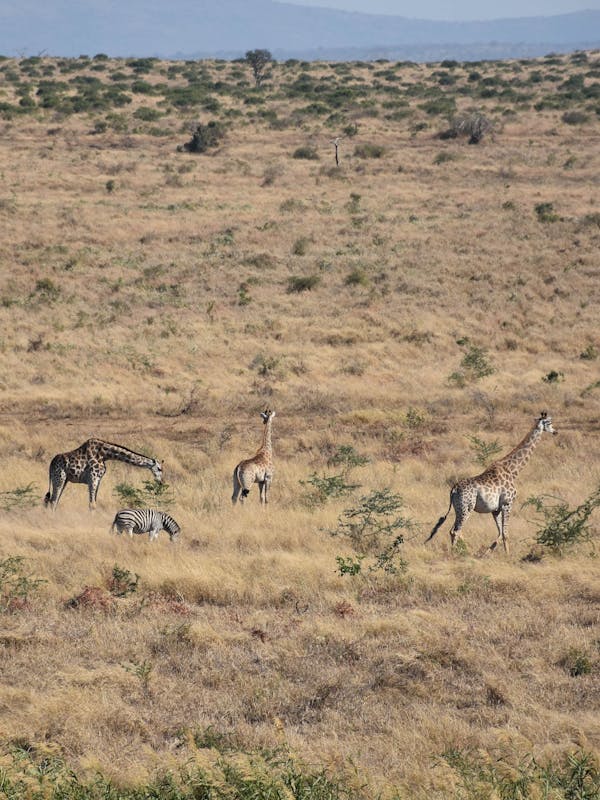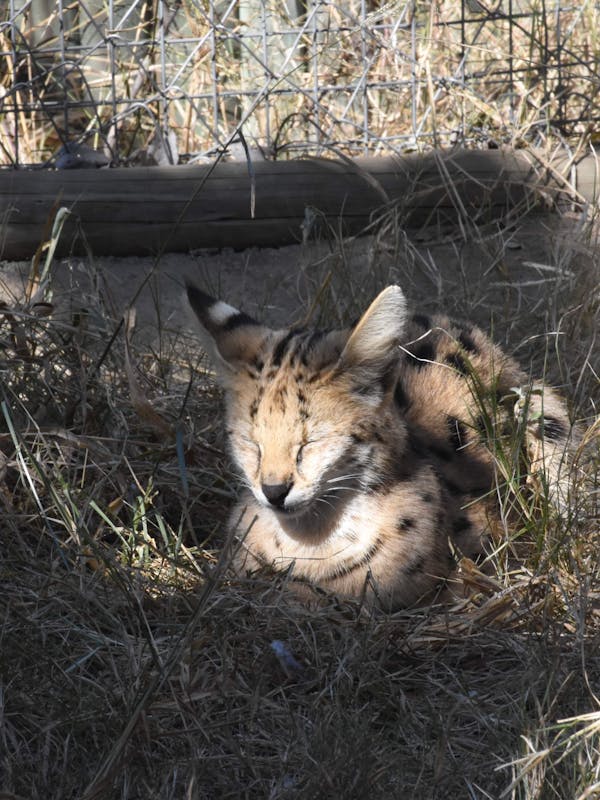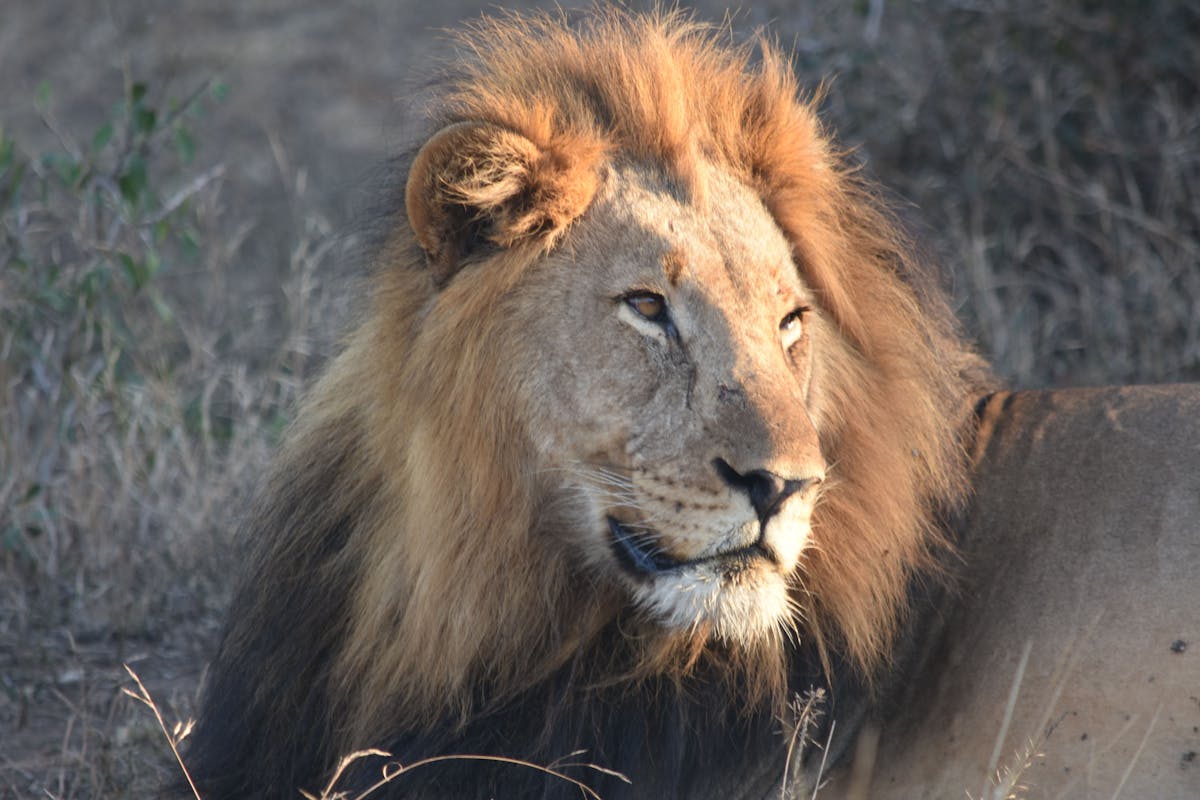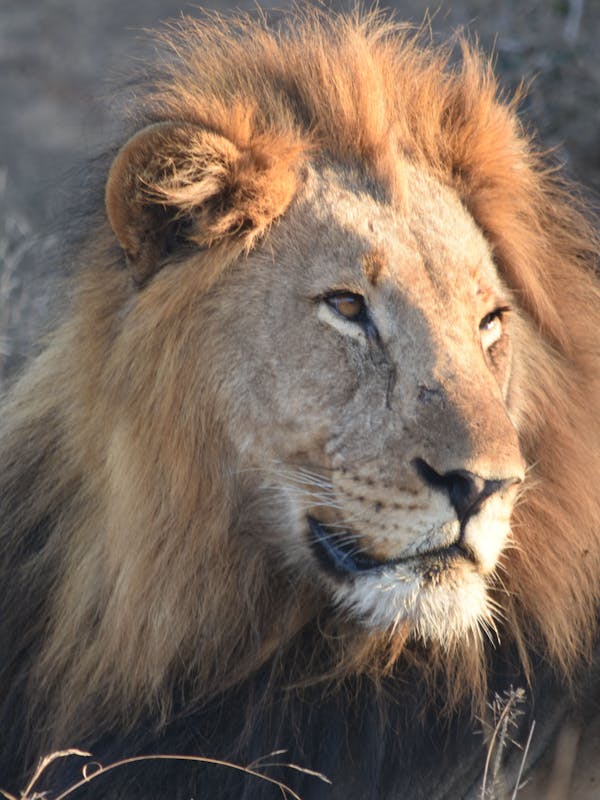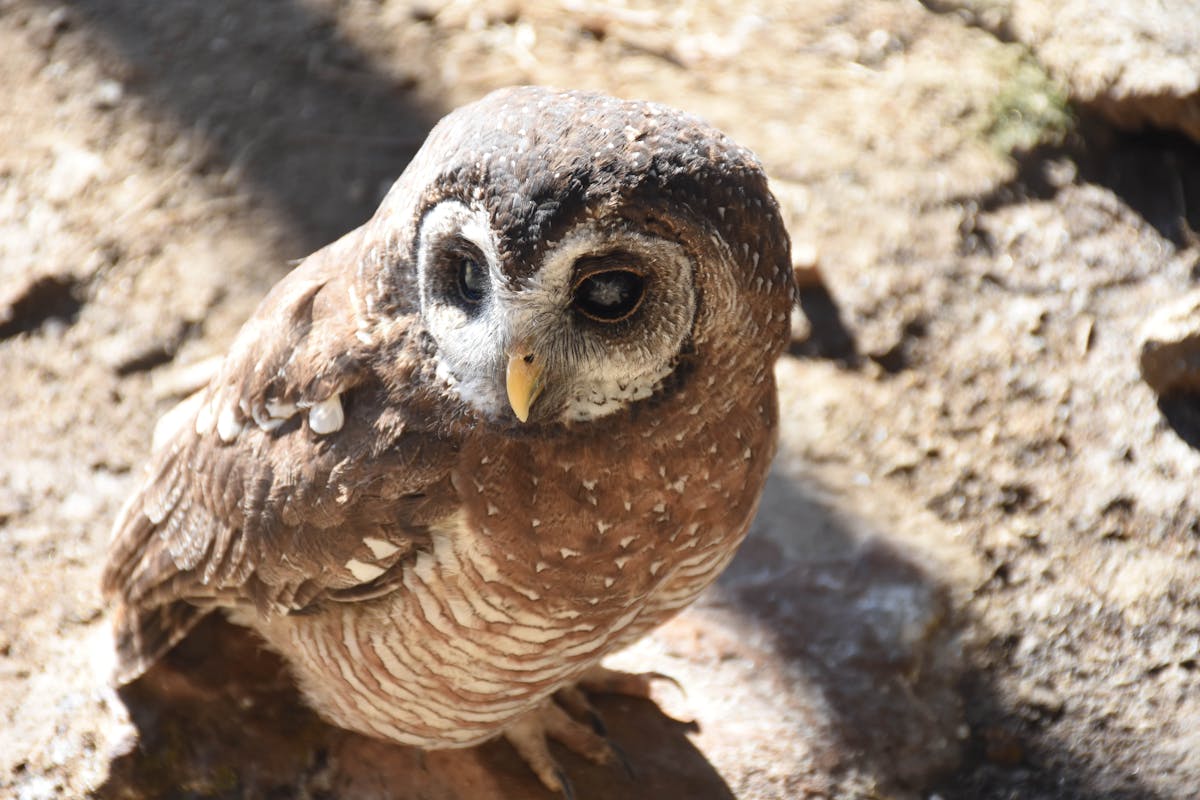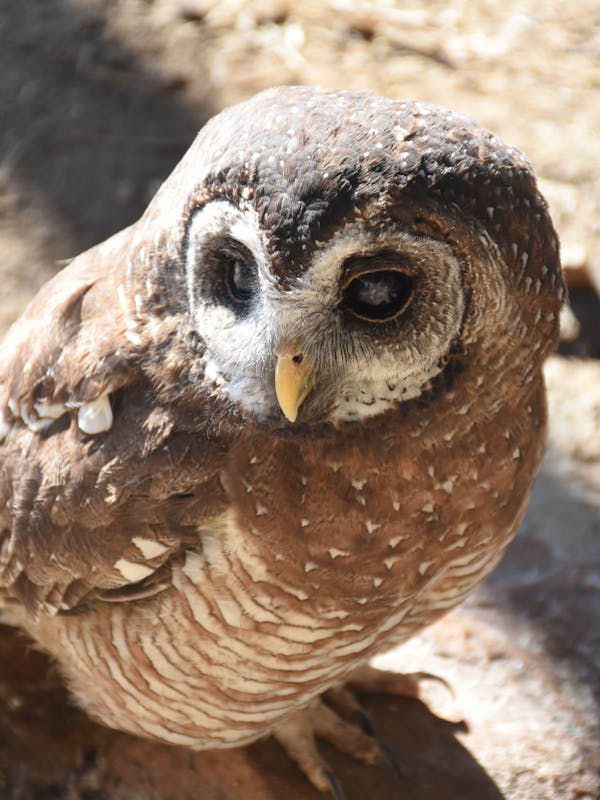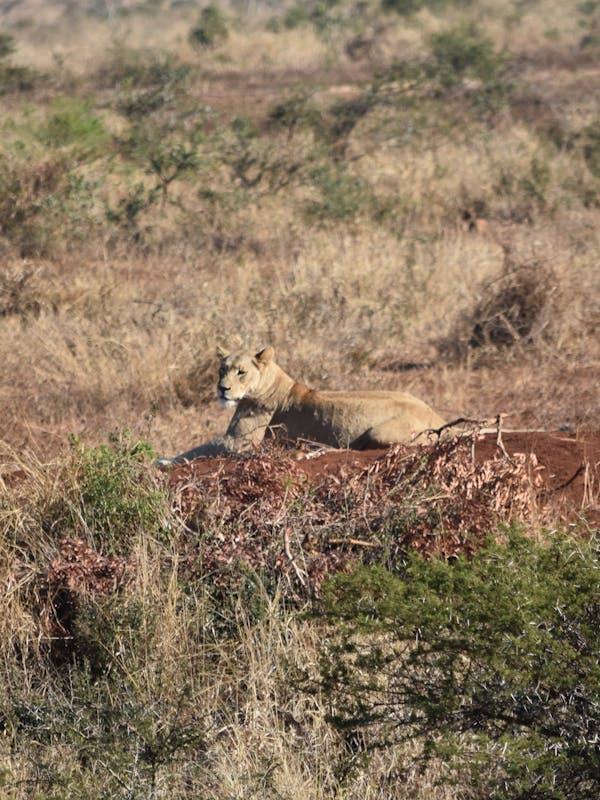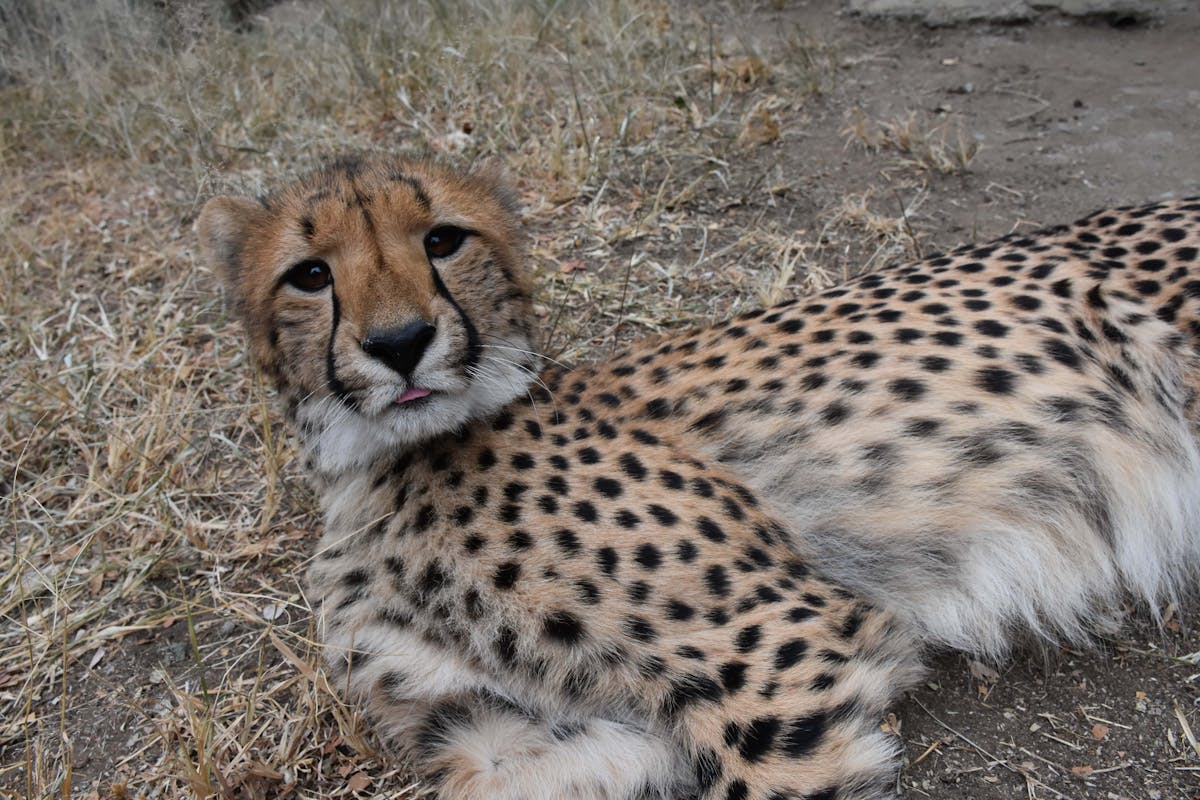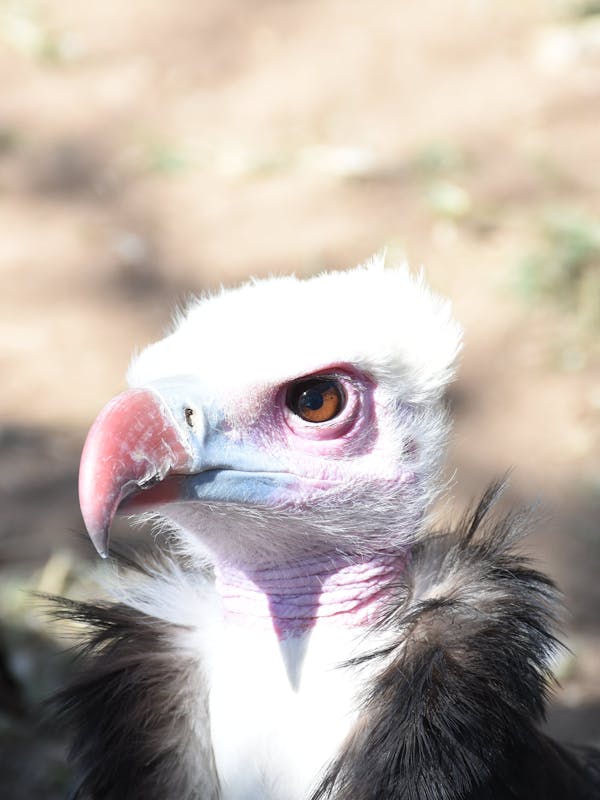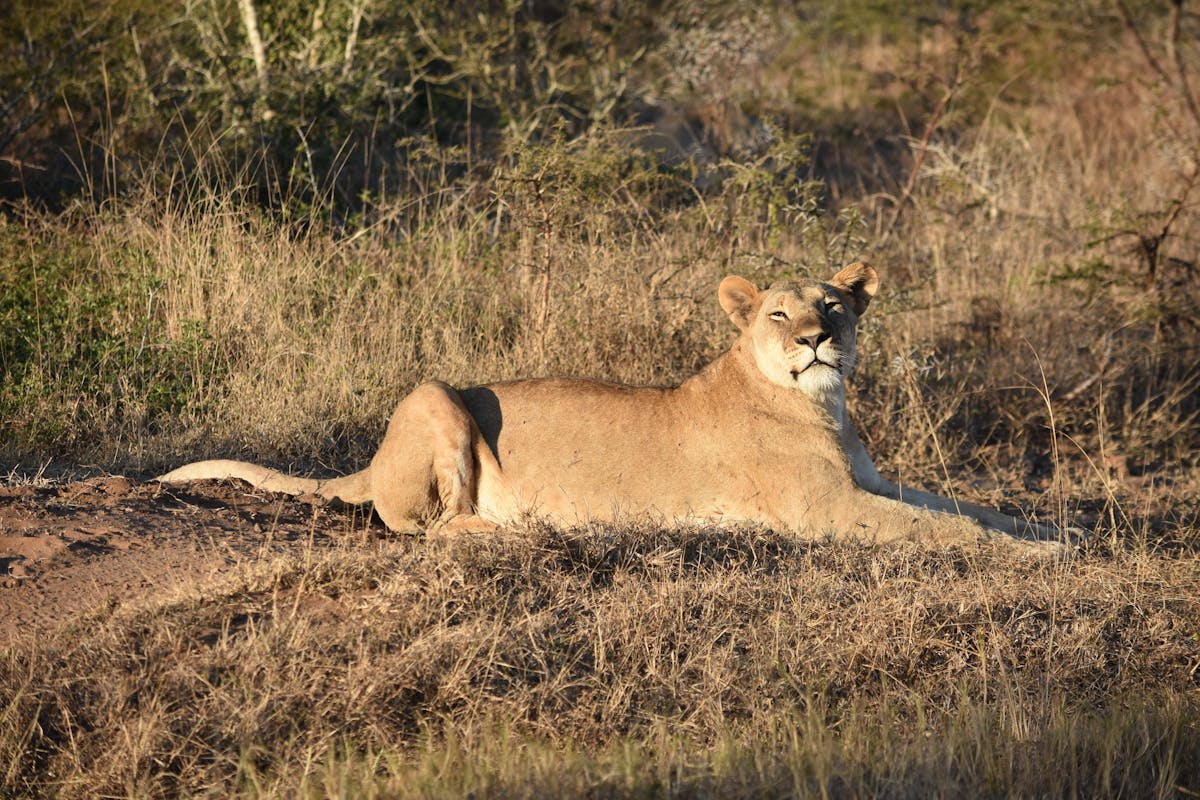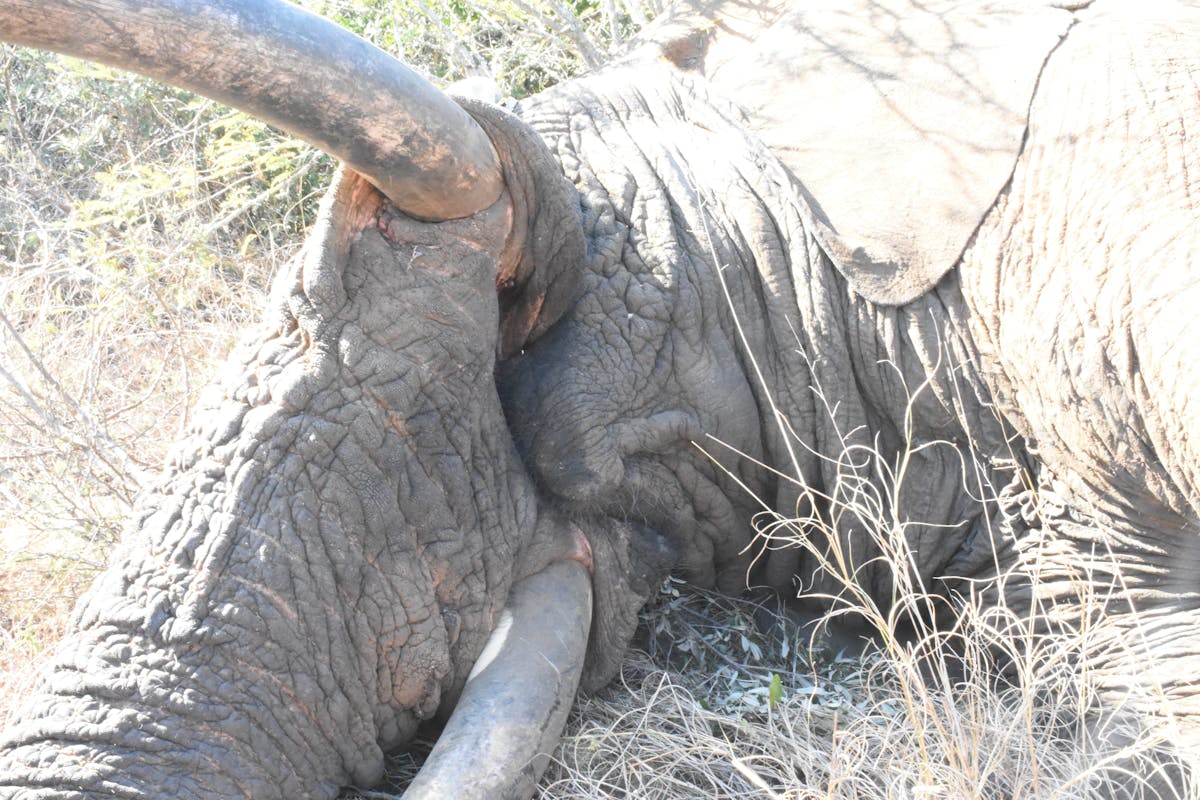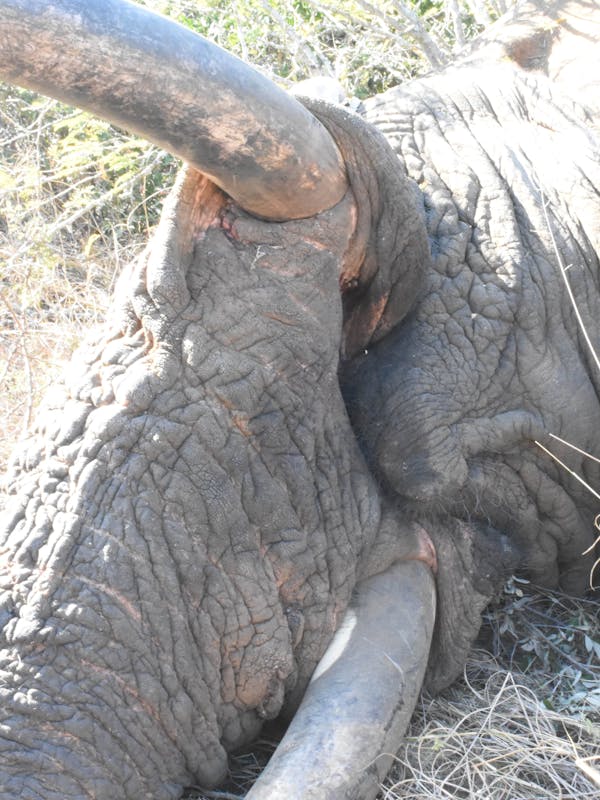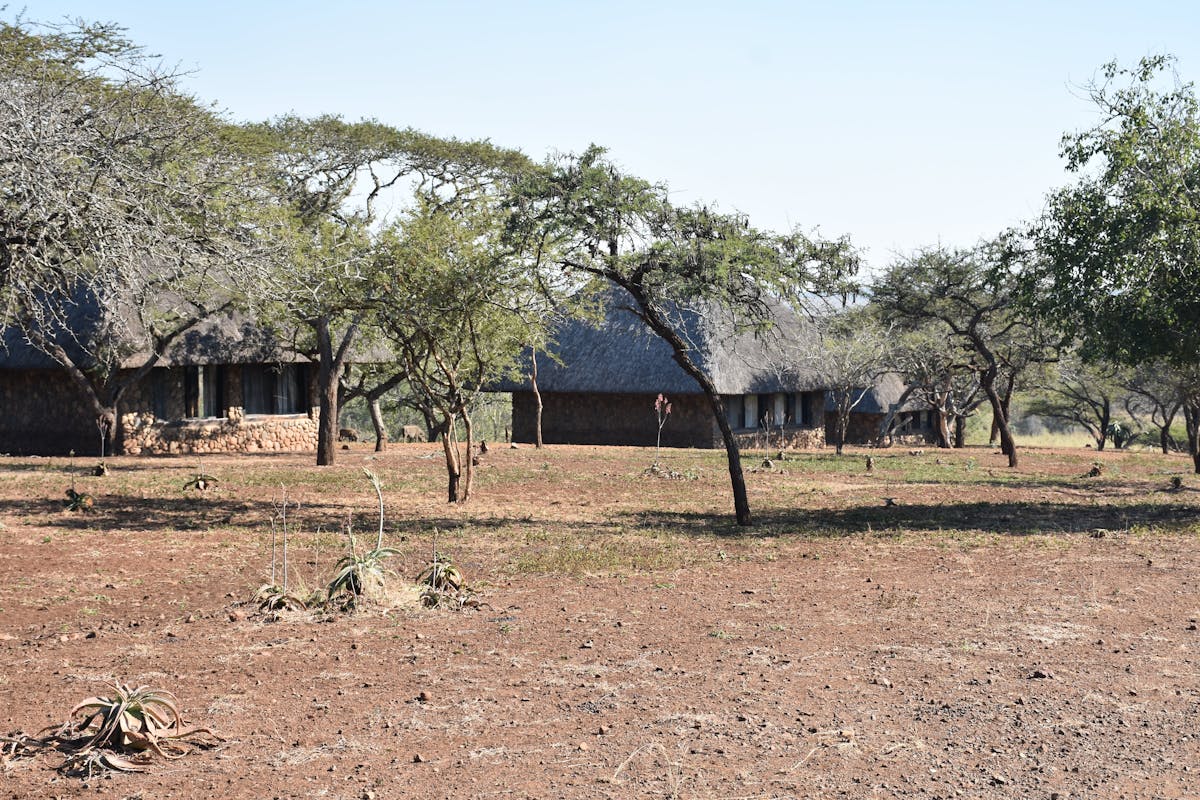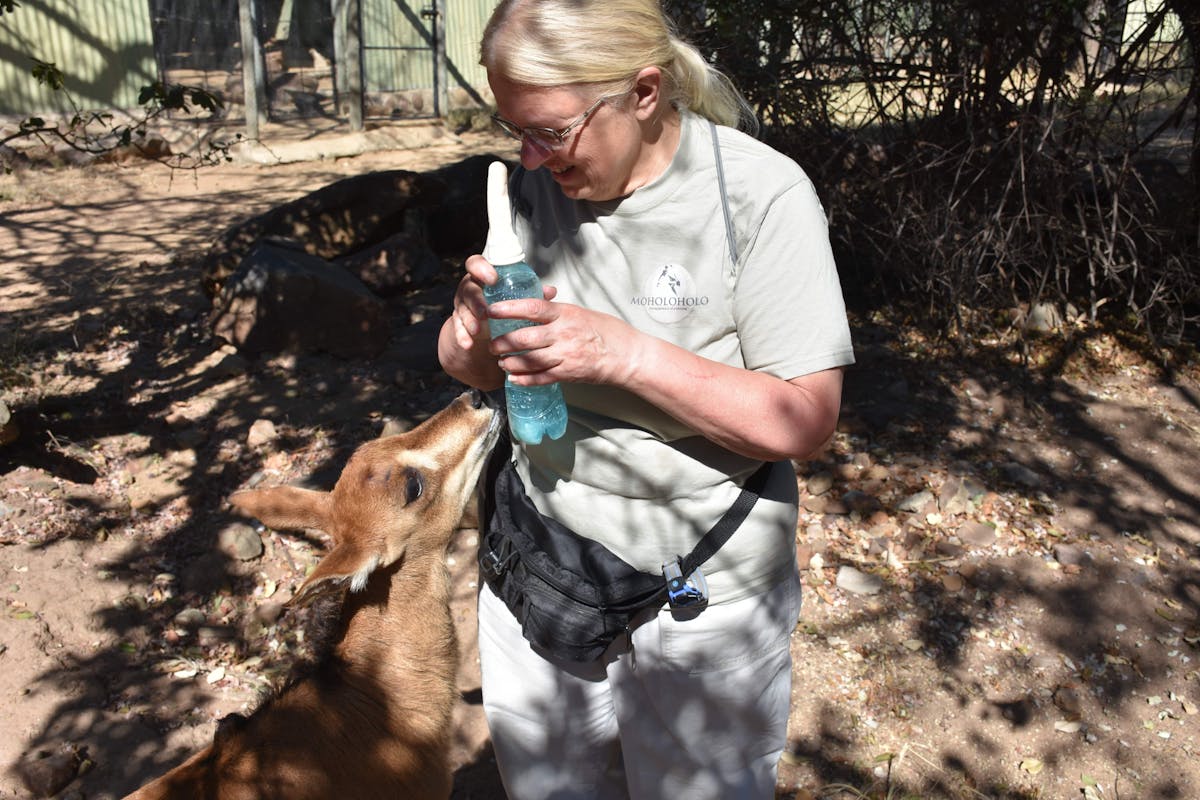
I am the kind of person who seeks out the ‘behind the scenes” tours whenever I visit someplace. In 2016, I went on several safaris in South Africa. Botswana and Uganda. They were completely enjoyable and I saw many animals, and learned a great deal. Although I felt like ‘queen for the day’ every day I was there, it was too glossy and posh for me. I came home wanting to learn the real story about Africa and wildlife conservation.
I read a lot of books and watched a lot of documentaries, and conducted a lot of research on the Internet, which is how I found Africa Conservation Experience in 2019. I discovered an ACE volunteer on Facebook and was able to talk to her for an hour by phone about her experiences. She highly recommended ACE and Phinda Game Reserve so the following week, I submitted my application. I originally was leaning towards experiences in Zimbabwe and Namibia, but when I spoke with Ellie from ACE and she learned about my interests, she suggested I consider Moholoholo Wildlife Rehabilitation Centre and Phinda Wildlife Research Project. I took her advice and I am so glad that I did.
Moholoholo Rehabilitation Centre cares for wildlife to be rehabbed and released back into the wild as well as wildlife that can’t be released because they are unable to survive on their own. Volunteers mostly work with the permanent animal residents as it is important to minimise human interaction with animals being released back into their natural habitat, although I did get to observe the release of a hadida bird. I was assigned to a group of volunteers responsible for taking care of two servals, a pied crow, a guineafowl, and two owls, one of which is blind in one eye. The daily routine is rounds in the morning and evening to feed, clean up after and check on the health and welfare of the assigned animals, ‘big jobs’ mid-day, and babysitting time in the early afternoon.
One Sunday, we made a special excursions to Nhoveni, property owned by Moholoholo in the Balule Nature Reserve near Kruger National Park where we observed wildlife out in the bush, including lions, kudu, nyala, warthogs and many birds. Volunteers also participated in a daily hippo run, to feed hippos living in a water hole on the Moholoholo property outside the wildlife centre. My favourite time of day was babysitting time– I had the opportunity to feed a baby sable that was rejected by her mother, carry on a conversation with a cheetah that had two arthritic front legs and look after a caracal that loved to be cared for. I almost cried when Ahmali, the one year old cheetah, was diagnosed with arthritis in her legs but it made me realise how important the volunteers are when we were encouraged to spend extra time caring for her as she would now be a permanent resident at the centre for the rest of her life.
The days were long and busy, but immensely rewarding — as I fell asleep each night listening to the lions chuff and roar and the hyenas whoop and giggle right outside my bedroom window, I never felt so privileged to be a part of such vital work to help keep alive the wild animals of Africa and to tell their story to others.
Phinda Wildlife Research Project focuses on monitoring the wildlife to learn more about their behaviour and habitat needs to protect and conserve the abundant variety of wildlife. If there was such a thing as a typical day at Phinda, it would consist of morning and evening monitor drives to observe and record data on the wildlife, but there is no such thing as a typical day. From immobilising a cheetah to draw blood samples to develop a test for bovine tuberculosis, to immobilising an elephant to treat an injured leg, there is always something different to observe and participate in.
Developing a test for TB in cheetah is important to avoid the spread of the disease and transmission across species. It took almost every person at Phinda seven hours to track and find the cheetah selected for testing on the day the veterinarian was available to immobilise it and draw blood from it. Any later in the day, there would not have been enough daylight to do the work. Volunteers played an important role in participating in the drive to find the cheetah and then staying after the procedure to ensure she would recover from the immobilisation adequately to return to the bush before dark when a groggy cheetah would be vulnerable to predators.
Elephants have been my favourite animal since I was a child– imagine my excitement on learning that I would be a part of immobilising an enormous bull elephant that was suffering from a leg injury. Once the elephant was safely darted by the veterinarian, the volunteers were able to move in and observe the procedure of lancing and draining an abscess that was causing the animal to have difficulty walking and to become aggressive towards other wildlife. Standing near his foot which was the size of a dinner plate, and listening to his rumbling breath that sounded like a truck bumbling down the road was amazing. I was able to touch the fine wiry hairs on his skin and the smooth ivory tusks and get an upside down closeup look at his mouth. Once we were all safely back on the vehicles, the vet injected him with medication to reverse the immobilisation effect. Five minutes later we were treated to the sight of him walking out of the thicket and crossing the road behind us, putting full weight on his injured leg, as he ambled off toward the nearest water hole. I was privileged to be able to take some amazing but slightly graphic photos and videos of the entire process.
There is no such thing as a typical monitor drive, either. On one drive, we were observing a lioness with her two tiny cubs when a warthog suddenly came barrelling down the road with two cheetahs hot on its tail, scattering the mom and her cubs in two different directions. Three different species all in one place at the same time– breathtaking and amazing!
ACE is a finely run organisation with the most capable and professional team from Ellie, the sales rep, to Ruth who sent out the travel paperwork, to Martin and Natalie who meet every volunteer at Johannesburg airport, initiate them to the experience they are going to be doing and coordinate getting them to the right transportation to take them there. At the end of the volunteers’ experience, Martin and Natalie are there again at the airport to escort the volunteers to their return flights home. Somehow, Martin also manages to visit the facilities where the volunteers are working to ensure all needs are being met.
If I had children, I would not hesitate to entrust my teenager into their hands to coordinate their experience. I am looking forward to planning my 2020 trip to Africa with ACE as soon as I determine the exact dates I can travel.

